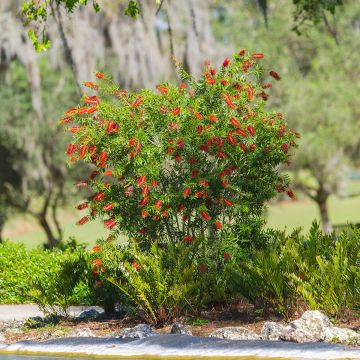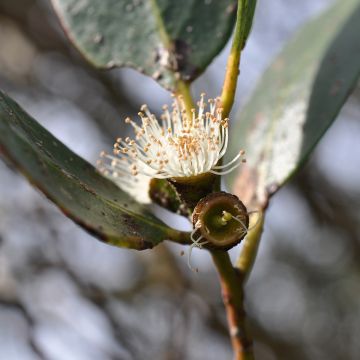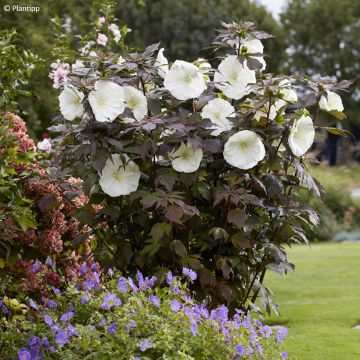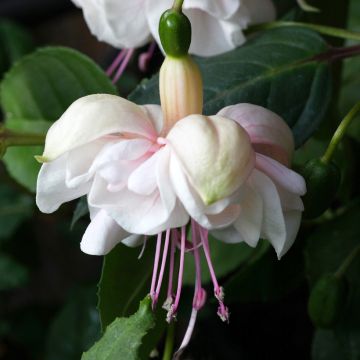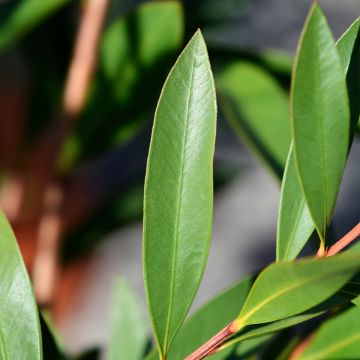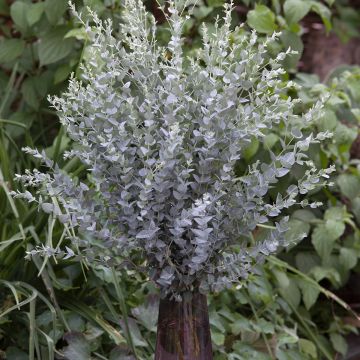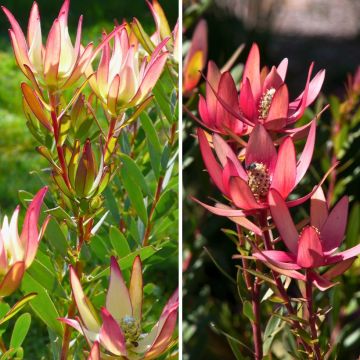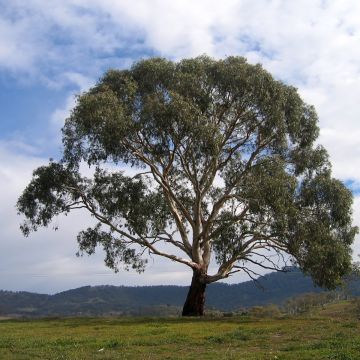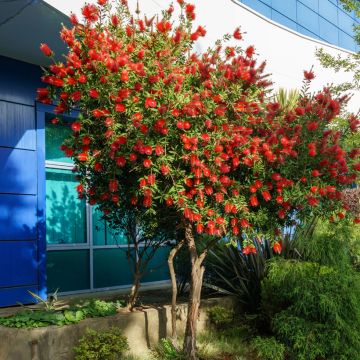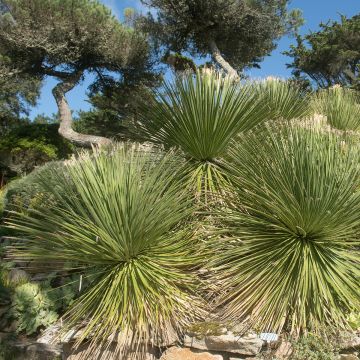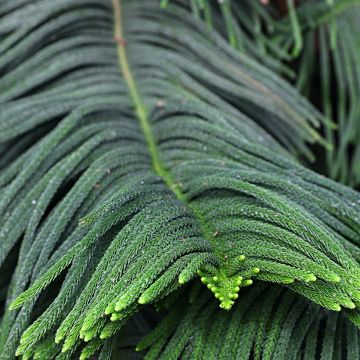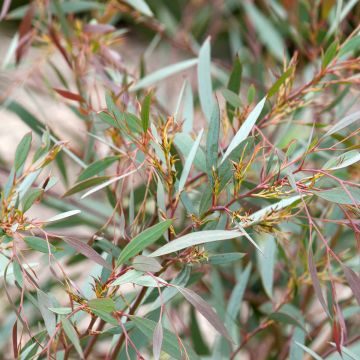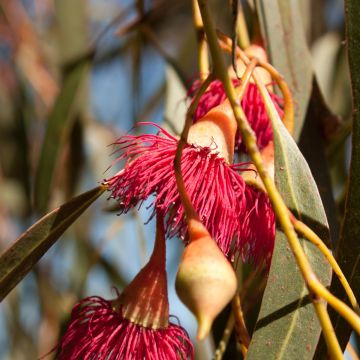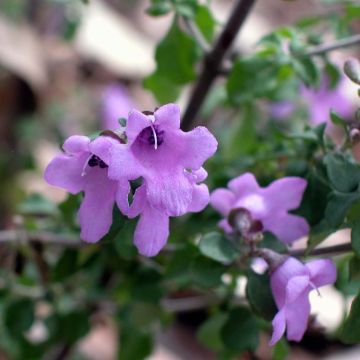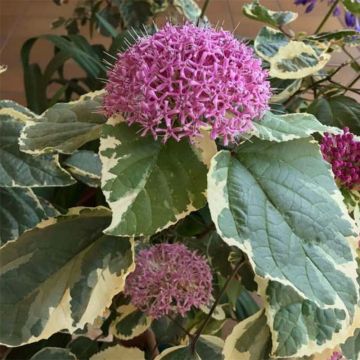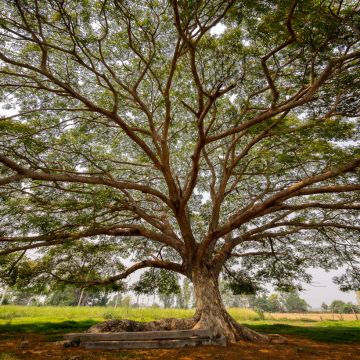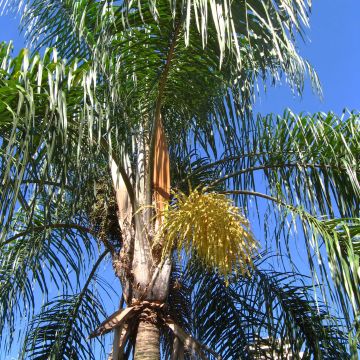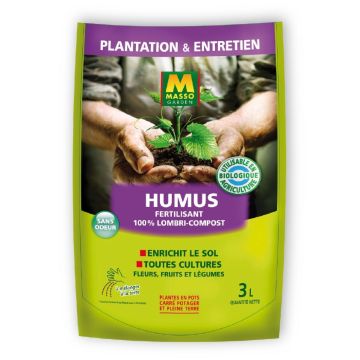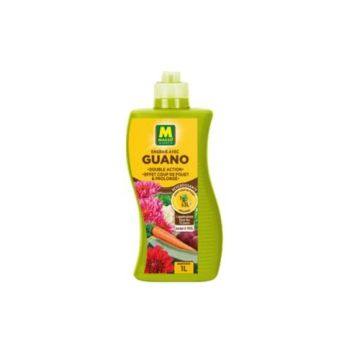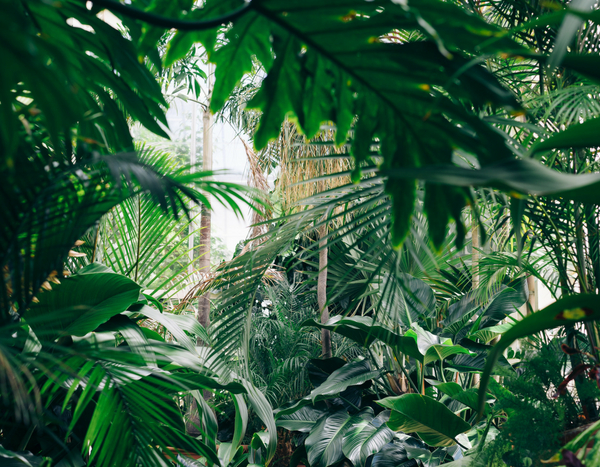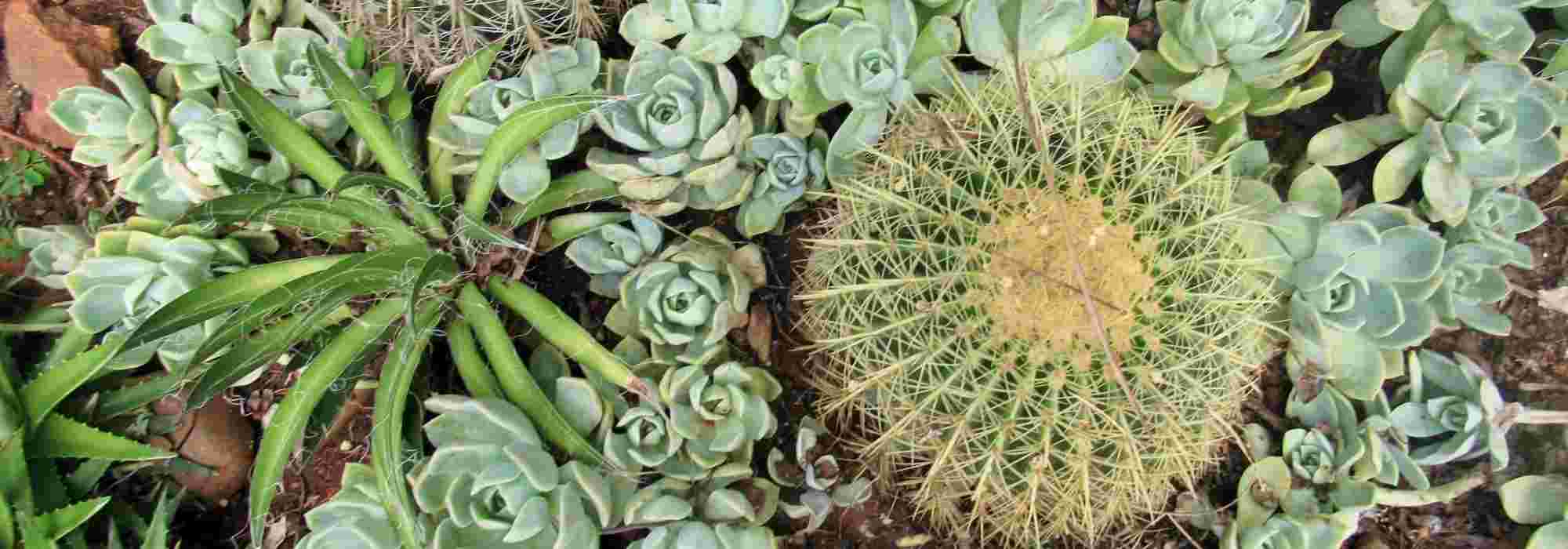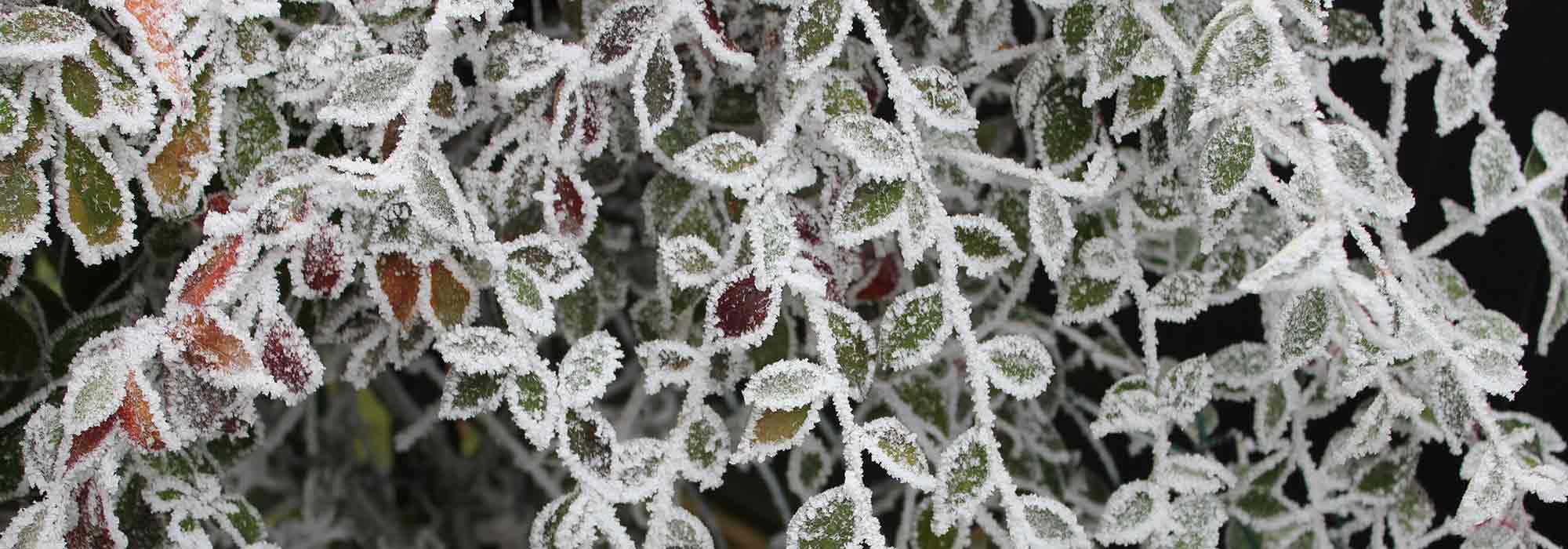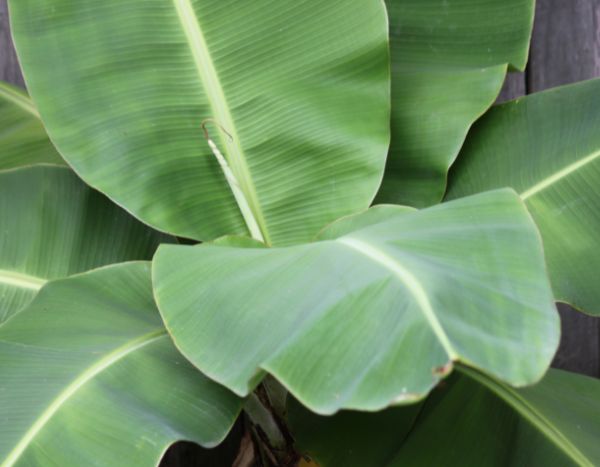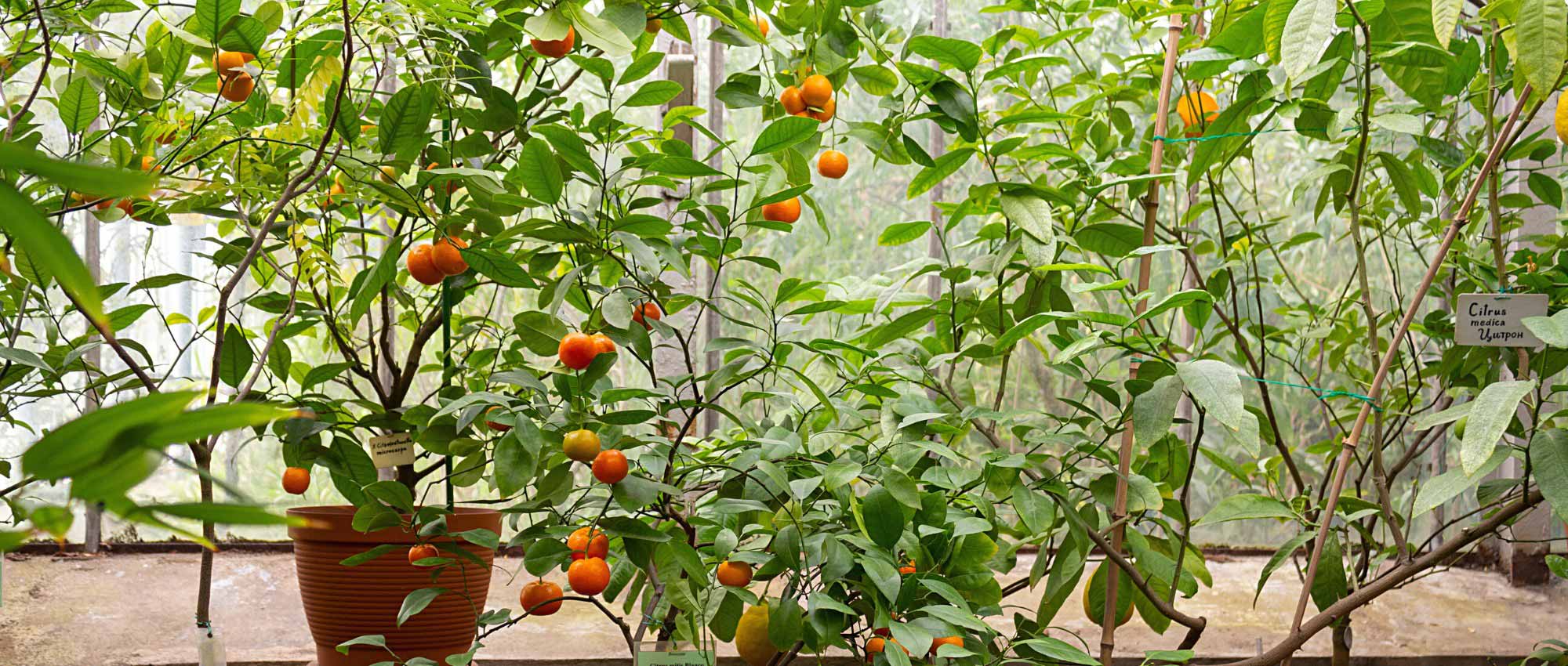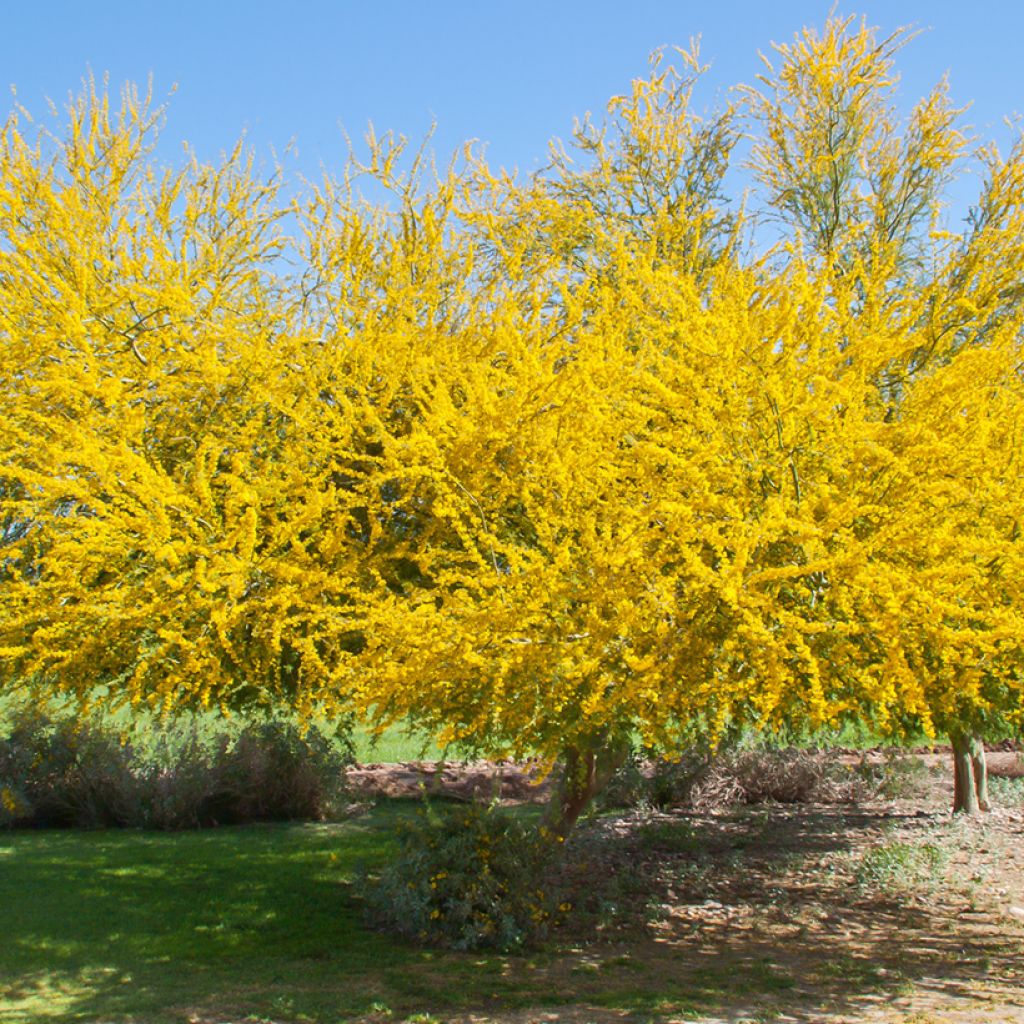

Cercidium floridum - Parkinsonia florida
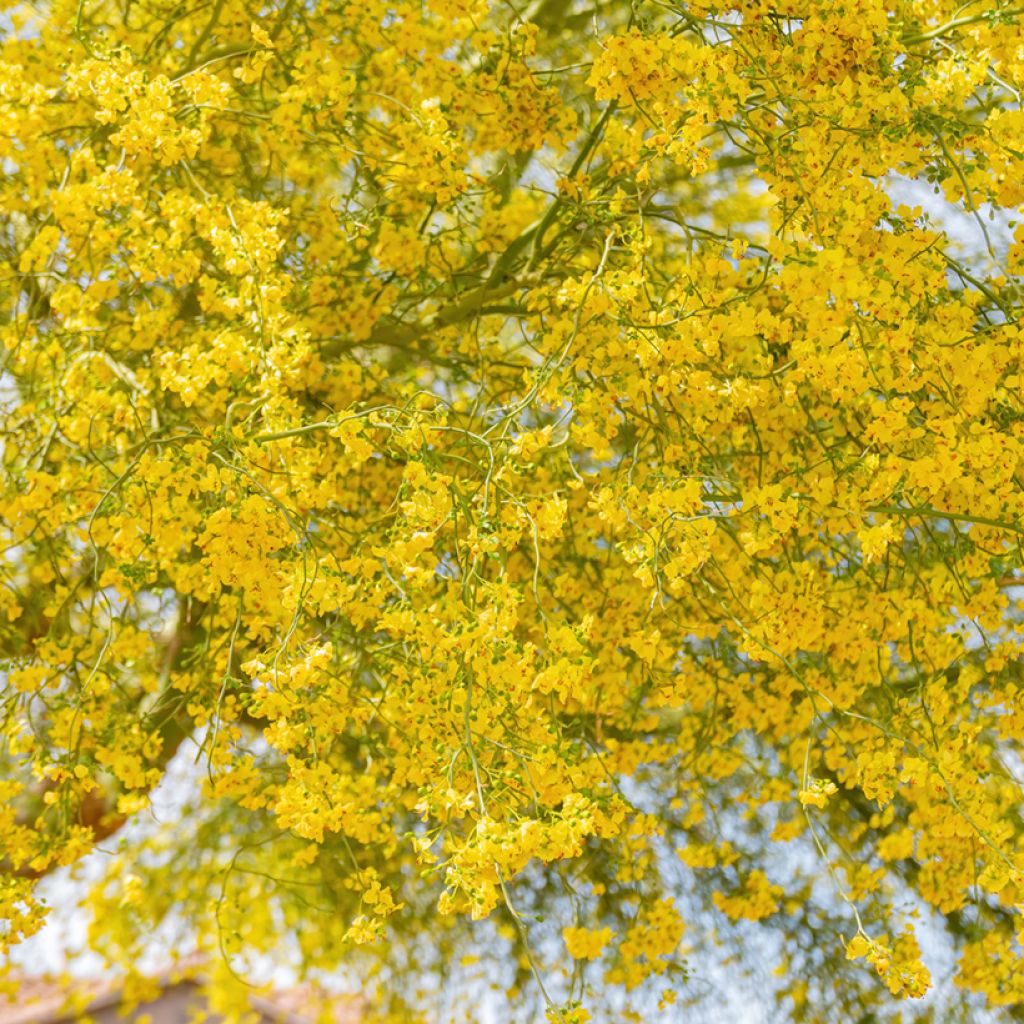

Cercidium floridum - Parkinsonia florida
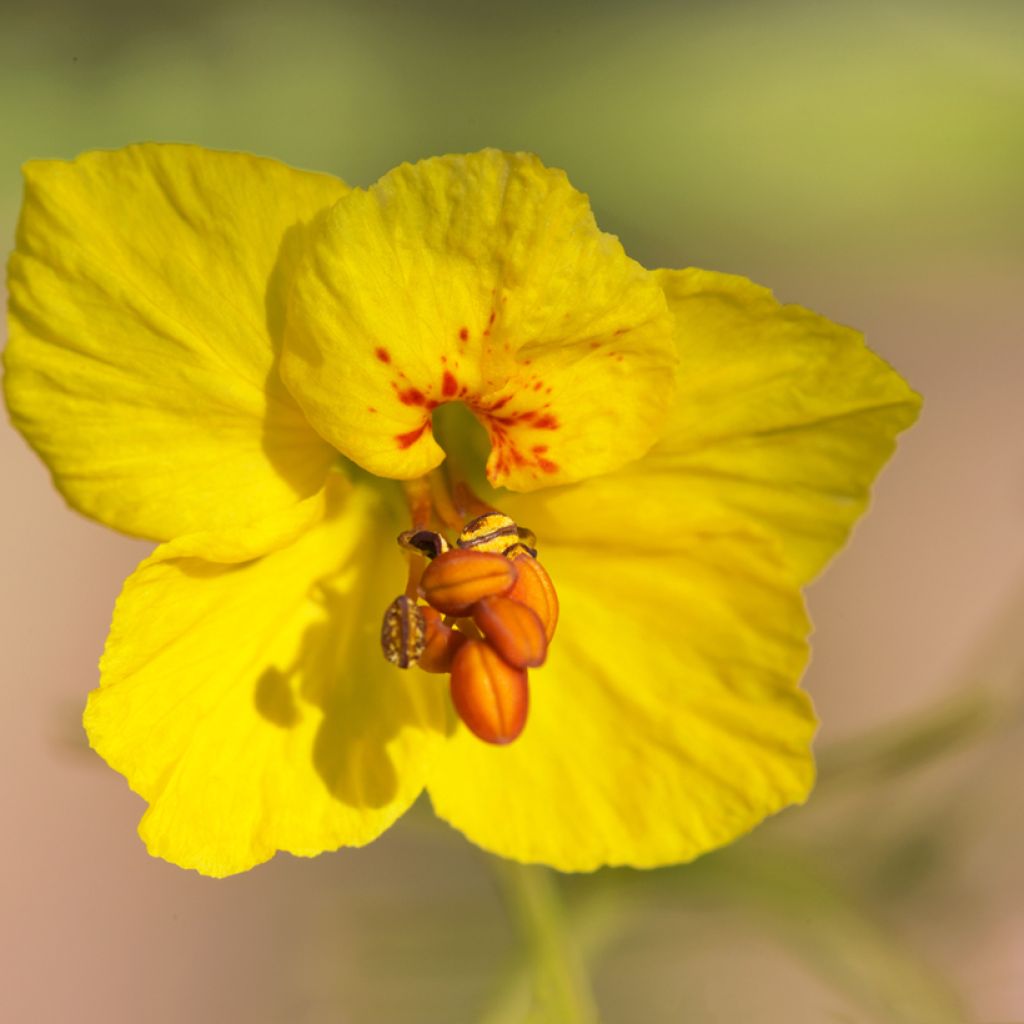

Cercidium floridum - Parkinsonia florida
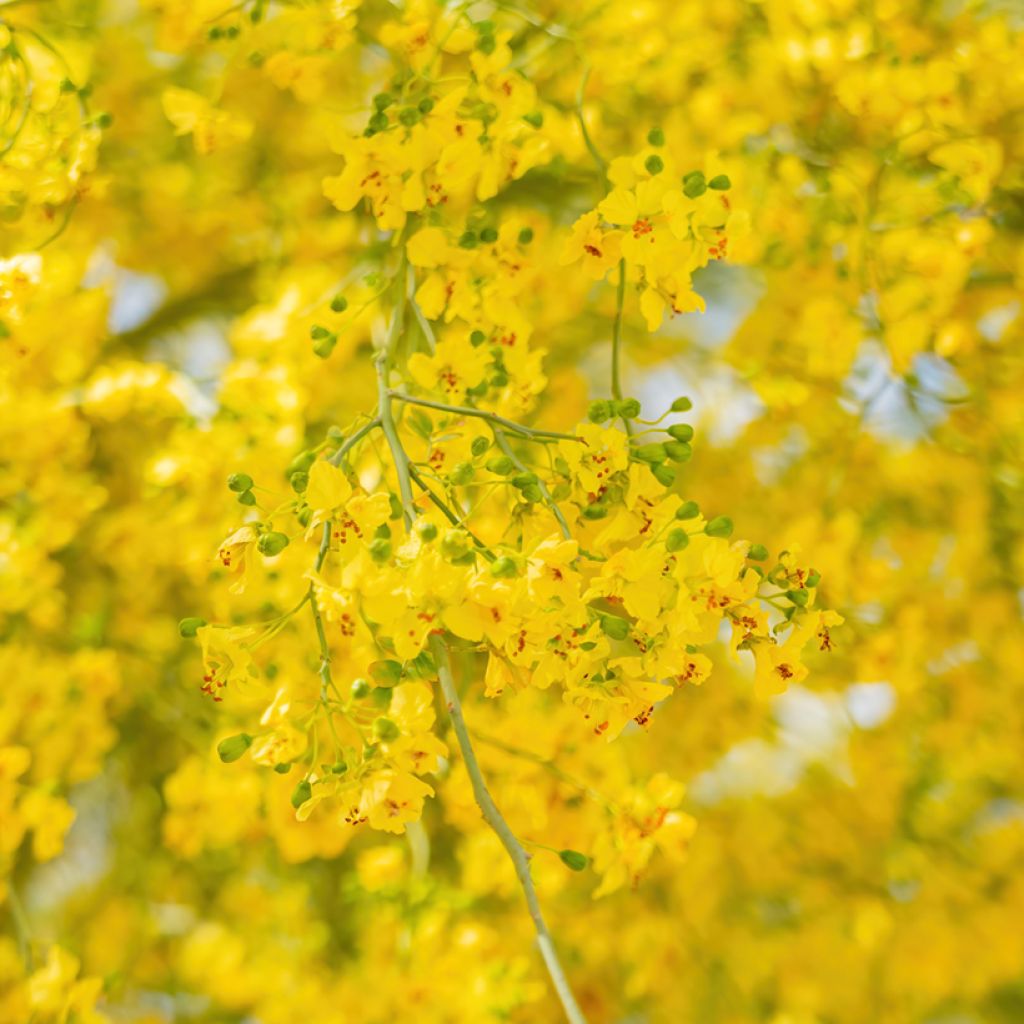

Cercidium floridum - Parkinsonia florida
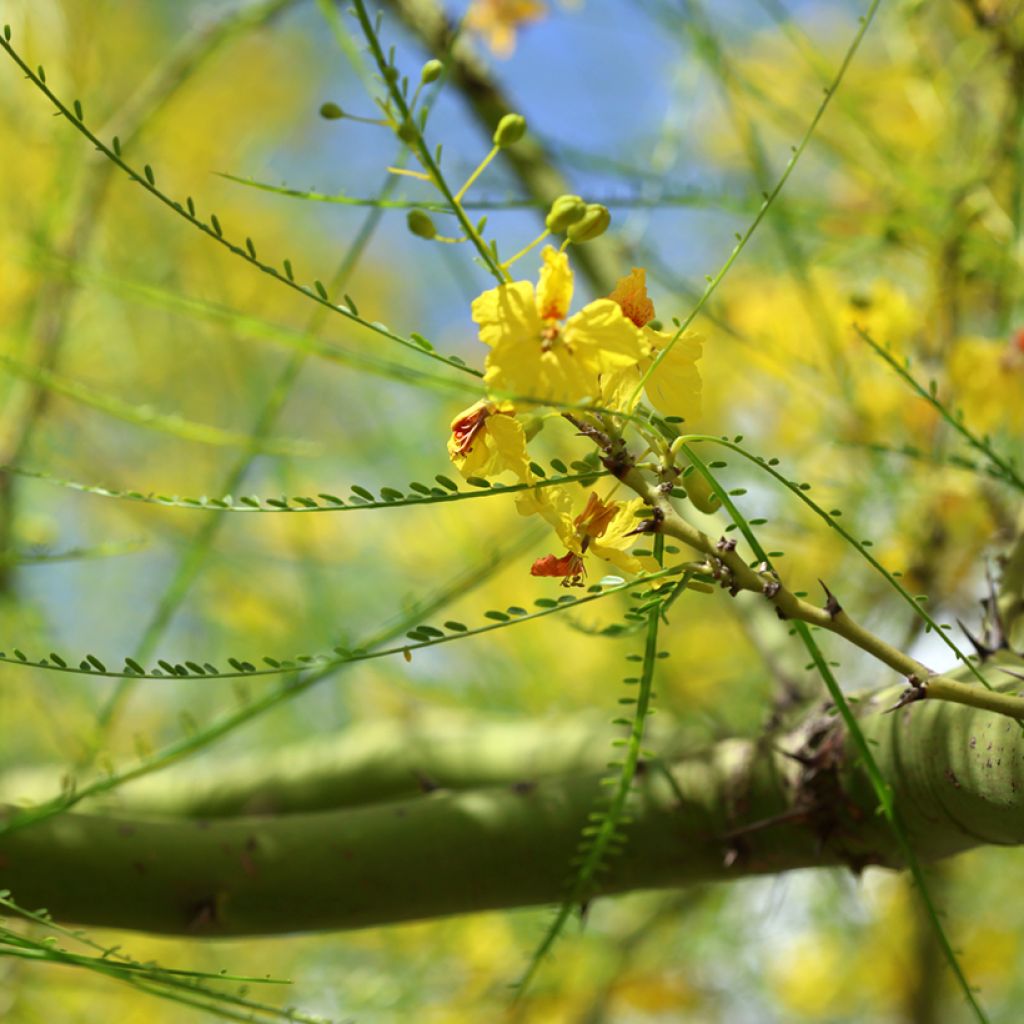

Cercidium floridum - Parkinsonia florida
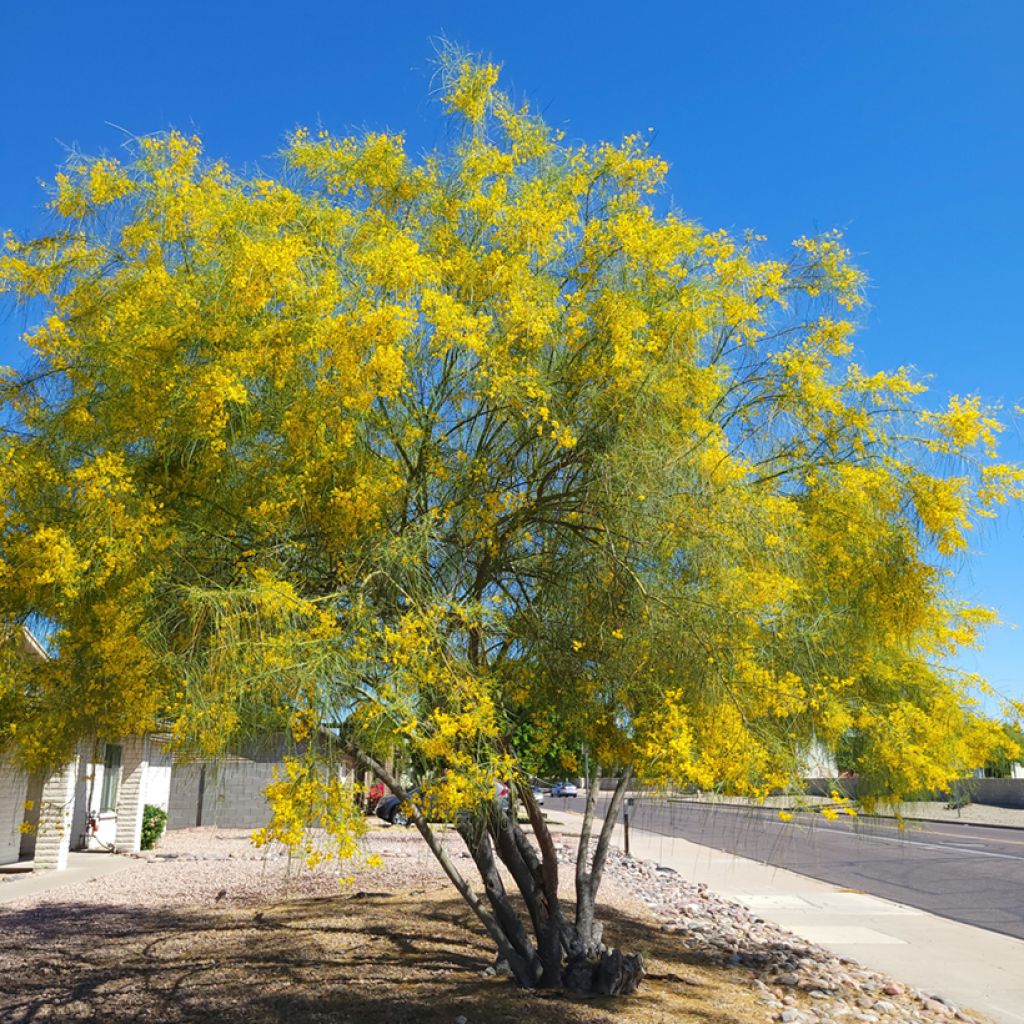

Cercidium floridum - Parkinsonia florida
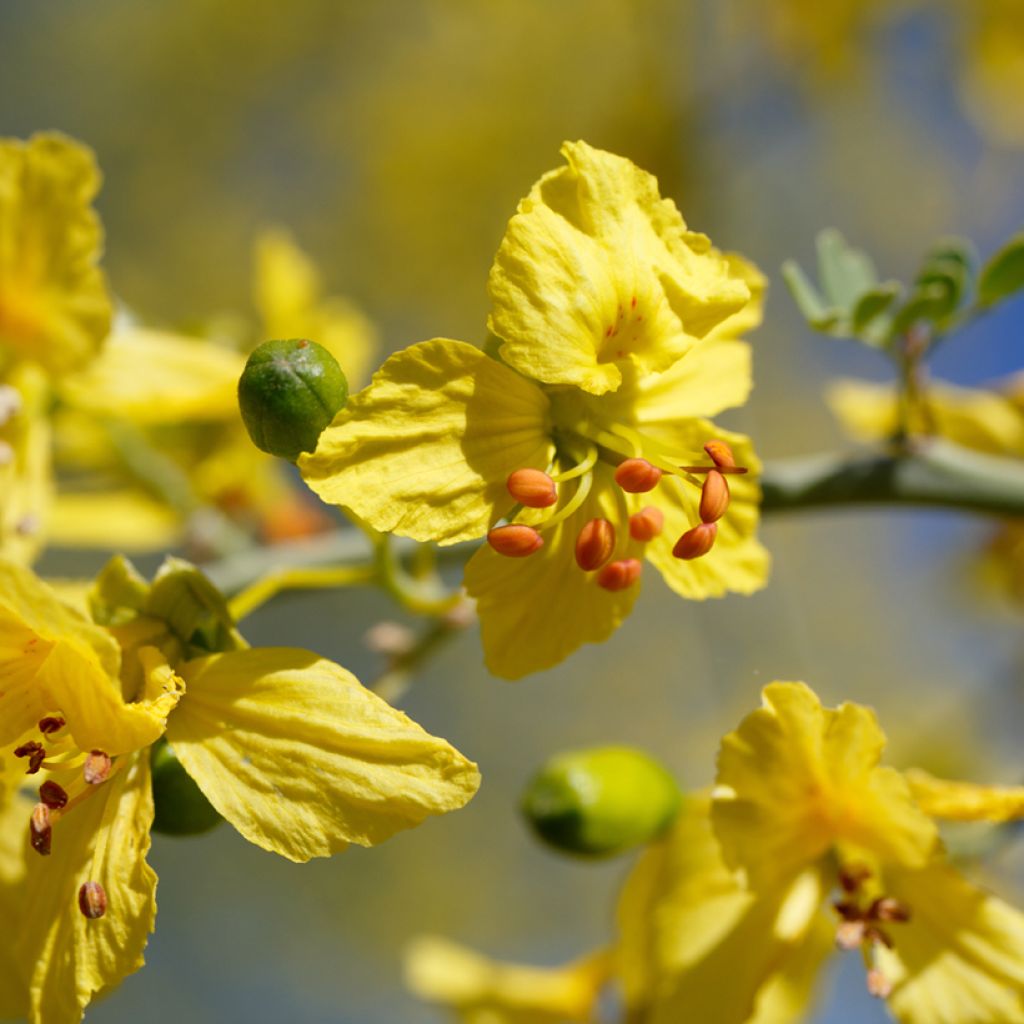

Cercidium floridum - Parkinsonia florida
Cercidium floridum - Parkinsonia florida
Cercidium floridum
Palo verde tree
Special offer!
Receive a €20 voucher for any order over €90 (excluding delivery costs, credit notes, and plastic-free options)!
1- Add your favorite plants to your cart.
2- Once you have reached €90, confirm your order (you can even choose the delivery date!).
3- As soon as your order is shipped, you will receive an email containing your voucher code, valid for 3 months (90 days).
Your voucher is unique and can only be used once, for any order with a minimum value of €20, excluding delivery costs.
Can be combined with other current offers, non-divisible and non-refundable.
In stock substitutable products for Cercidium floridum - Parkinsonia florida
View All →This plant benefits a 24 months rooting warranty
More information
We guarantee the quality of our plants for a full growing cycle, and will replace at our expense any plant that fails to recover under normal climatic and planting conditions.
Does this plant fit my garden?
Set up your Plantfit profile →
Description of Cercidium floridum - Parkinsonia florida
Parkinsonia florida, nicknamed palo verde in its native lands, is a deciduous tree that brightens up Mediterranean gardens in spring. With its graceful habit, it displays a delicate, soft green, almost translucent foliage, and becomes adorned with gold from April. Well-suited to hot and dry climates, it thrives in open ground in exotic-style or contemporary gardens. Low-maintenance yet frost-sensitive, this tree is best reserved for regions with very mild winters.
Parkinsonia floridum (synonym: Cercidium floridum), commonly known as blue palo verde, belongs to the Fabaceae family. This species originates from the Sonoran Desert, spanning the southwestern United States, particularly Arizona and southeastern California, as well as northwestern Mexico, including Baja California. In its natural habitat, it is mainly found in dry riverbeds, known as washes, and on bajadas—alluvial slopes benefiting from occasional runoff. Parkinsonia floridum is a deciduous tree with rapid growth, typically reaching a height of 10 to 12 m with a slightly smaller spread. Its habit is upright, with flexible, spreading branches forming an open, airy crown. The bark and young stems have a distinctive blue-green hue and are rich in chlorophyll, an adaptation allowing the tree to continue photosynthesis even when leafless, a crucial advantage for surviving arid environments. The leaves of Parkinsonia floridum are bipinnate and compound, consisting of small ovate leaflets, each about 1 to 2 cm long. During drought, they drop to minimise water loss, but the stems remain active, sustaining photosynthesis. When rains return, the tree quickly regrows its foliage. Flowering occurs mainly between April and May. The vibrant yellow flowers measure around 2 to 3 cm in diameter and form terminal or lateral clusters. Each flower has five nearly symmetrical petals. This exceptionally abundant flowering attracts a wide diversity of pollinators, including bees, beetles, and flies. After flowering, the tree develops flat, 5 to 10 cm long pods containing several hard seeds. These pods turn from green to brown as they mature and play a vital role in the local ecosystem as food for rodents and birds.
Parkinsonia floridum grows rapidly, especially with adequate water, though it is relatively short-lived, rarely exceeding 100 years. Compared to close relatives like Parkinsonia microphylla, it reaches maturity faster and develops a more imposing structure. Thanks to its morphological and physiological adaptations, this tree thrives in arid environments, playing a key ecological role while serving as an ornamental feature in gardens. However, it is not very hardy and cannot tolerate temperatures below -5 °C, limiting its cultivation to mild climates or sheltered spots.
Parkinsonia floridum, with its graceful habit and golden flowering, brings natural elegance and unmatched brightness to dry gardens. Stunning as a standalone specimen, it becomes a true focal point, especially when planted in a rocky setting with gravel or stones. Its airy foliage and open branches cast delicate shadows, adding coolness to patios or pathways. To highlight its architectural lines, pair it with Agaves like Agave americana, whose structured rosettes contrast beautifully with its softness, or with Dasylirions such as Dasylirion wheeleri, whose fine, bristly tufts enhance the desert vibe. In the background, Callistemon rigidus bursts with red spikes. Together, these plants create a distinctly Mediterranean scene—understated yet vibrant.
Report an error
Cercidium floridum - Parkinsonia florida in pictures




Plant habit
Flowering
Foliage
Botanical data
Cercidium
floridum
Fabaceae
Palo verde tree
Parkinsonia florida subsp. florida, Cercidium floridum, Cercidium torreyanum
North America
Other Exotic shrubs
View All →Planting of Cercidium floridum - Parkinsonia florida
To successfully plant and cultivate Parkinsonia florida, it is essential to respect its specific requirements. In open ground, choose a location in full sun, in well-drained, poor, even stony and chalky soil. This large tree of desert origin does not appreciate heavy or clay soils that retain water. Dig a wide and deep hole, then mix the excavated soil with sand or gravel to improve drainage. Water generously immediately after planting to encourage rooting, but gradually reduce watering once the tree is well established, as it tolerates drought very well. In regions where winters can be cold (temperatures below -5°C), plant it in a sheltered spot, close to a south or south-west facing wall to protect it from cold winds.
Container cultivation is not viable in the long term. Nevertheless, if you still wish to attempt it, here are some tips:
Choose a large container, deep enough to accommodate its extensive root system. Use a very free-draining substrate, composed of a mixture of garden soil, coarse sand and compost for Mediterranean plants or cacti. Ensure the pot has drainage holes to prevent waterlogging, and place a layer of gravel or clay pebbles at the bottom. Position the pot in full sun, ideally on a sheltered terrace or balcony away from cold draughts. In summer, water moderately but regularly, allowing the substrate to dry out between waterings. In winter, significantly reduce watering to respect its dormant period. Consider bringing the pot indoors into a conservatory or protecting it with horticultural fleece in areas where frost is frequent. An annual application of compost or light organic fertiliser in spring will promote healthy growth and abundant flowering.
When to plant?
Where to plant?
Care
Planting & care advice
This item has not been reviewed yet; be the first to leave your review about it.
You have not found what you were looking for?
Hardiness (definition)

Photo Sharing Terms & Conditions
In order to encourage gardeners to interact and share their experiences, Promesse de fleurs offers various media enabling content to be uploaded onto its Site - in particular via the ‘Photo sharing’ module.
The User agrees to refrain from:
- Posting any content that is illegal, prejudicial, insulting, racist, inciteful to hatred, revisionist, contrary to public decency, that infringes on privacy or on the privacy rights of third parties, in particular the publicity rights of persons and goods, intellectual property rights, or the right to privacy.
- Submitting content on behalf of a third party;
- Impersonate the identity of a third party and/or publish any personal information about a third party;
In general, the User undertakes to refrain from any unethical behaviour.
All Content (in particular text, comments, files, images, photos, videos, creative works, etc.), which may be subject to property or intellectual property rights, image or other private rights, shall remain the property of the User, subject to the limited rights granted by the terms of the licence granted by Promesse de fleurs as stated below. Users are at liberty to publish or not to publish such Content on the Site, notably via the ‘Photo Sharing’ facility, and accept that this Content shall be made public and freely accessible, notably on the Internet.
Users further acknowledge, undertake to have ,and guarantee that they hold all necessary rights and permissions to publish such material on the Site, in particular with regard to the legislation in force pertaining to any privacy, property, intellectual property, image, or contractual rights, or rights of any other nature. By publishing such Content on the Site, Users acknowledge accepting full liability as publishers of the Content within the meaning of the law, and grant Promesse de fleurs, free of charge, an inclusive, worldwide licence for the said Content for the entire duration of its publication, including all reproduction, representation, up/downloading, displaying, performing, transmission, and storage rights.
Users also grant permission for their name to be linked to the Content and accept that this link may not always be made available.
By engaging in posting material, Users consent to their Content becoming automatically accessible on the Internet, in particular on other sites and/or blogs and/or web pages of the Promesse de fleurs site, including in particular social pages and the Promesse de fleurs catalogue.
Users may secure the removal of entrusted content free of charge by issuing a simple request via our contact form.
The flowering period indicated on our website applies to countries and regions located in USDA zone 8 (France, the United Kingdom, Ireland, the Netherlands, etc.)
It will vary according to where you live:
- In zones 9 to 10 (Italy, Spain, Greece, etc.), flowering will occur about 2 to 4 weeks earlier.
- In zones 6 to 7 (Germany, Poland, Slovenia, and lower mountainous regions), flowering will be delayed by 2 to 3 weeks.
- In zone 5 (Central Europe, Scandinavia), blooming will be delayed by 3 to 5 weeks.
In temperate climates, pruning of spring-flowering shrubs (forsythia, spireas, etc.) should be done just after flowering.
Pruning of summer-flowering shrubs (Indian Lilac, Perovskia, etc.) can be done in winter or spring.
In cold regions as well as with frost-sensitive plants, avoid pruning too early when severe frosts may still occur.
The planting period indicated on our website applies to countries and regions located in USDA zone 8 (France, United Kingdom, Ireland, Netherlands).
It will vary according to where you live:
- In Mediterranean zones (Marseille, Madrid, Milan, etc.), autumn and winter are the best planting periods.
- In continental zones (Strasbourg, Munich, Vienna, etc.), delay planting by 2 to 3 weeks in spring and bring it forward by 2 to 4 weeks in autumn.
- In mountainous regions (the Alps, Pyrenees, Carpathians, etc.), it is best to plant in late spring (May-June) or late summer (August-September).
The harvesting period indicated on our website applies to countries and regions in USDA zone 8 (France, England, Ireland, the Netherlands).
In colder areas (Scandinavia, Poland, Austria...) fruit and vegetable harvests are likely to be delayed by 3-4 weeks.
In warmer areas (Italy, Spain, Greece, etc.), harvesting will probably take place earlier, depending on weather conditions.
The sowing periods indicated on our website apply to countries and regions within USDA Zone 8 (France, UK, Ireland, Netherlands).
In colder areas (Scandinavia, Poland, Austria...), delay any outdoor sowing by 3-4 weeks, or sow under glass.
In warmer climes (Italy, Spain, Greece, etc.), bring outdoor sowing forward by a few weeks.































